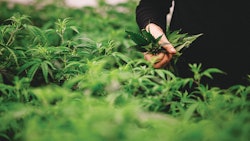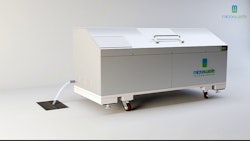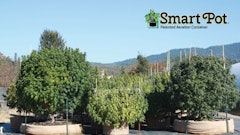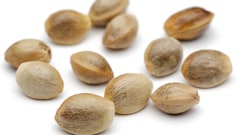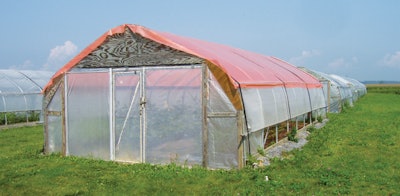
This article originally appeared in the April 2018 print issue of Cannabis Business Times. To subscribe, click here.
Shading, along with ventilation, reduces the temperature and light levels in a greenhouse. By blocking or reflecting the sun’s radiation, a significant portion of the heat load can be excluded.
This can save energy by reducing fan operation and extending the time that carbon dioxide (CO2) enhancement can be used.
Shading also reduces excessive light levels that may burn or dry plant foliage. For most plants, a photosynthesis saturation level of 4,000 to 5,000 foot-candles (800 to 1,000 µmol/square meter per second) is adequate. Shading also diffuses light in the greenhouse for more uniform and deeper penetration into the lower foliage.
Follow these pointers that shed light on shading techniques:
1. Choose exterior shade for free-standing or hoop houses.
Low-cost shade compounds can be sprayed or rolled on the glazing at different levels to achieve constant light reduction. Select a material specific to your glazing that can be easily removed in late fall to allow for full winter sunlight.
Shade fabrics applied over the greenhouse roof are lightweight, easily applied and available in several materials, shade levels and colors. Most materials are ultraviolet (UV) stabilized, and will last about 10 years and cost roughly $0.25 to $0.50/square foot, depending on the type of material and the shade percentage.
To read the full article in the April 2018 print issue of Cannabis Business Times, click here.
Top photo courtesy of John W. Bartok, Jr.








